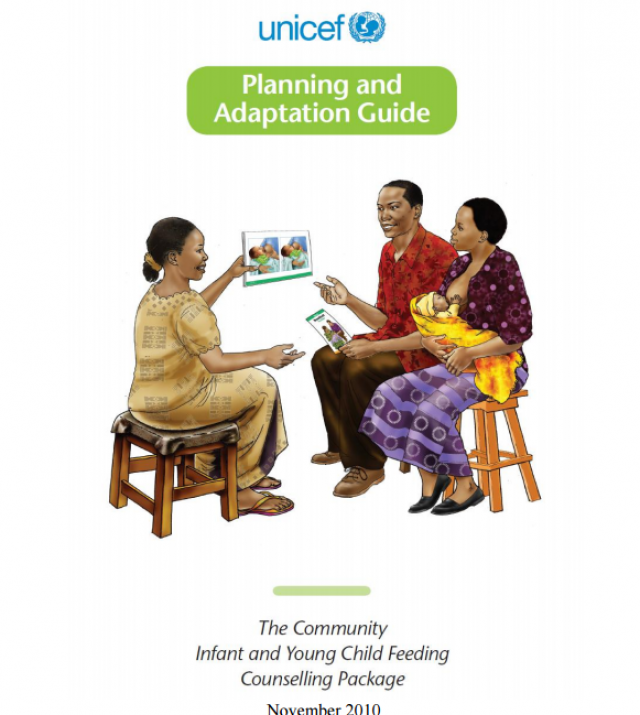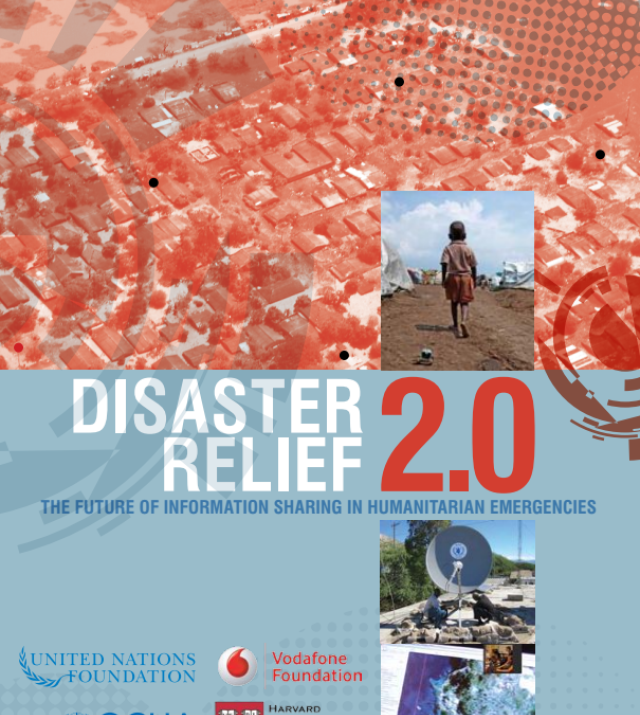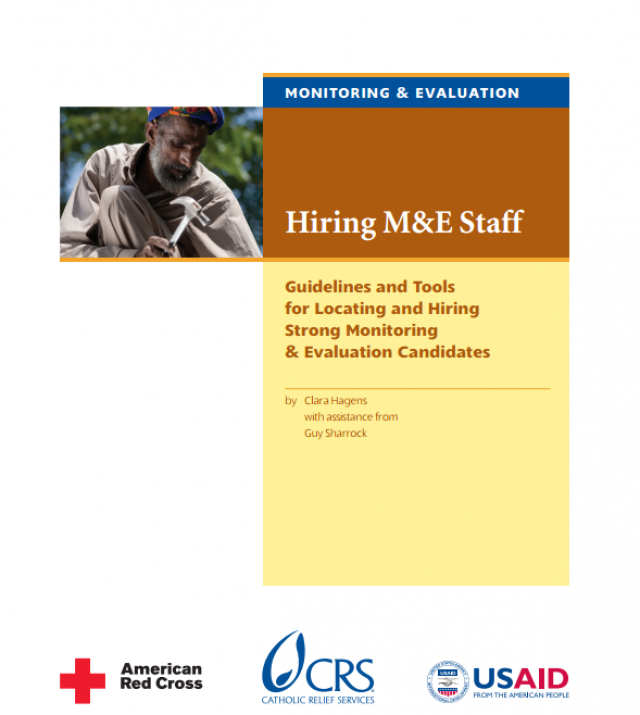
Systematic review of menstrual hygiene management requirements, its barriers and strategies for disabled people
Abstract
Background
One quarter of the global population is of menstruating age, yet menstruation is shrouded in discrimination and taboos. Disability also carries stigma, so disabled people may face layers of discrimination when they are menstruating. The objective of the review is to assess the menstrual hygiene requirements of disabled people, the barriers they face, and the available interventions to help them manage their menstruation hygienically and with dignity.
Methods
Eligible studies, gathered across all countries, were identified by conducting searches across four databases (MEDLINE, PubMed, EMBASE, Global Health) in May 2017, with alerts set on each database to highlight new titles added until April 2018. Eligible studies incorporated analyses relevant to menstruating disabled people and/or how their carers provide support during their menstrual cycle.
Results
The 22 studies included were published since 1976; the majority after 2010 (n = 12; 55%). One study was a quasi-experiment; all others were observational. Most studies (n = 15; 68%) were from high income countries and most (n = 17; 77%) focused on people with intellectual impairments, so the review findings focus on this group and their carers. Outcomes investigated include choice and preference of menstrual product, ability to manage menstrual hygiene and coping strategies applied. Barriers faced included a lack of standardised guidance for professional carers; a lack of menstruation training, information and support provided to people with intellectual impairments and their carers; a lack of understanding of severity of symptoms experienced by people with intellectual impairments, the high cost of menstrual products and lack of appropriate options for people with physical impairments. Few interventions were found, and strategies for menstrual hygiene management applied
Conclusions
Little evidence was identified on the requirements of disabled people and their carers in managing their menstruation, and only one intervention, but a range of barriers were identified. This gap in evidence is important, as the consequences of failing to meet menstrual hygiene needs of disabled people includes shame, social isolation, and even sterilisation.

